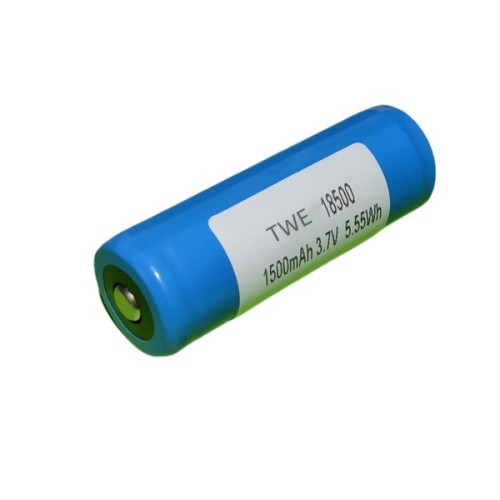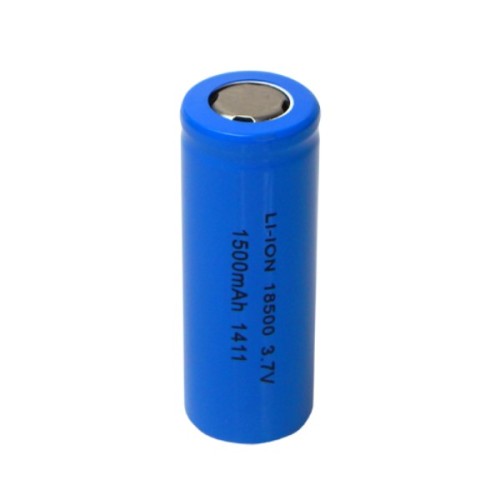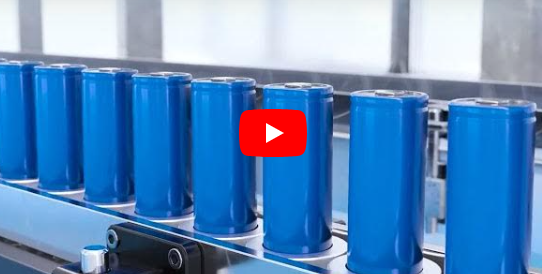Ternary Polymer Lithium Batteries vs. 18650 Lithium Batteries
In today's fast-paced world, portable electronic devices have become an integral part of our lives. Powering these devices efficiently and safely is crucial, and lithium batteries have emerged as a popular choice. Two common types of lithium batteries are ternary polymer lithium batteries and 18650 lithium batteries. Each offers unique advantages and characteristics, making them suitable for different applications. This article aims to compare these two battery types to help users make informed decisions based on their specific needs.
Ternary Polymer Lithium Battery:
Ternary polymer lithium batteries are lithium batteries that utilize a polymer electrolyte and a ternary positive electrode material such as nickel-cobalt lithium manganese oxide (Li(NiCoMn)O2) or nickel-cobalt lithium aluminate. Here are some key
features of ternary polymer lithium batteries:
High Energy Density: Ternary polymer lithium batteries boast a high energy density, enabling them to provide extended usage times. This makes them ideal for devices that require long-lasting power, such as smartphones and tablets.
Enhanced Safety: The solid polymer electrolyte used in ternary polymer lithium batteries enhances safety by reducing the risk of fire and explosion. This is particularly important for portable devices that are frequently exposed to various environmental conditions.
Slim and Lightweight Design: The thin and light design of ternary polymer lithium batteries makes them well-suited for devices with strict volume restrictions. Their compact form factor is perfect for applications where space optimization is critical.
18650 Lithium Battery:
The
18650 lithium battery derives its name from its dimensions: 18mm in diameter, 65mm in length, and cylindrical in shape. These batteries have been widely adopted and have a proven track record in various industries. Here are some notable characteristics of 18650 lithium batteries:
High Power Density: 18650 lithium batteries exhibit relatively high power density, making them capable of delivering greater discharge capacities. This attribute is well-suited for power-hungry devices like laptops and power tools that require a quick and sustained power supply.
Mature Technology and Market: With a long history of development, 18650 lithium batteries benefit from mature technology and a well-established market. This results in a wider array of choices for users, including different brands, capacities, and performance options.
Choosing the Right Battery:
The decision between ternary polymer lithium batteries and 18650 lithium batteries ultimately depends on specific requirements and priorities. Consider the following factors when making your choice:
Energy Density and Safety: If high energy density, enhanced safety, and a slim design are paramount, ternary polymer lithium batteries are the preferred option. These batteries excel in devices that prioritize prolonged usage and require a compact form factor, such as smartphones and tablets.
Power Density and Market Availability: If higher power density and greater discharge capacity are the primary concerns, and you value a wider range of choices in the market, then 18650 lithium batteries are the recommended choice. These batteries are suitable for devices that demand substantial power, including laptops and power tools.
In the realm of lithium batteries, both ternary polymer lithium batteries and 18650 lithium batteries offer unique advantages and characteristics. Ternary polymer lithium batteries provide high energy density, enhanced safety, and a slim design, catering to devices that require extended usage and a compact form factor. On the other hand, 18650 lithium batteries excel in power-hungry applications, thanks to their high power density and the availability of a mature technology and market.
When determining which battery type is better suited for your needs, carefully evaluate the specific requirements of your device. Consider factors such as energy density, power density, safety, and market availability to make an informed decision. Regardless of your choice, both battery types represent significant advancements in portable power solutions, contributing to the seamless operation of our modern electronic devices.
 The Future of Portable Power: Advancements in 18500 Li-ion Battery Technology
The Future of Portable Power: Advancements in 18500 Li-ion Battery Technology
 Choosing the Right 18500 Li-ion Battery for Your Business
Choosing the Right 18500 Li-ion Battery for Your Business
 LiPo Batteries and Sustainability: Navigating Environmental Impact
LiPo Batteries and Sustainability: Navigating Environmental Impact